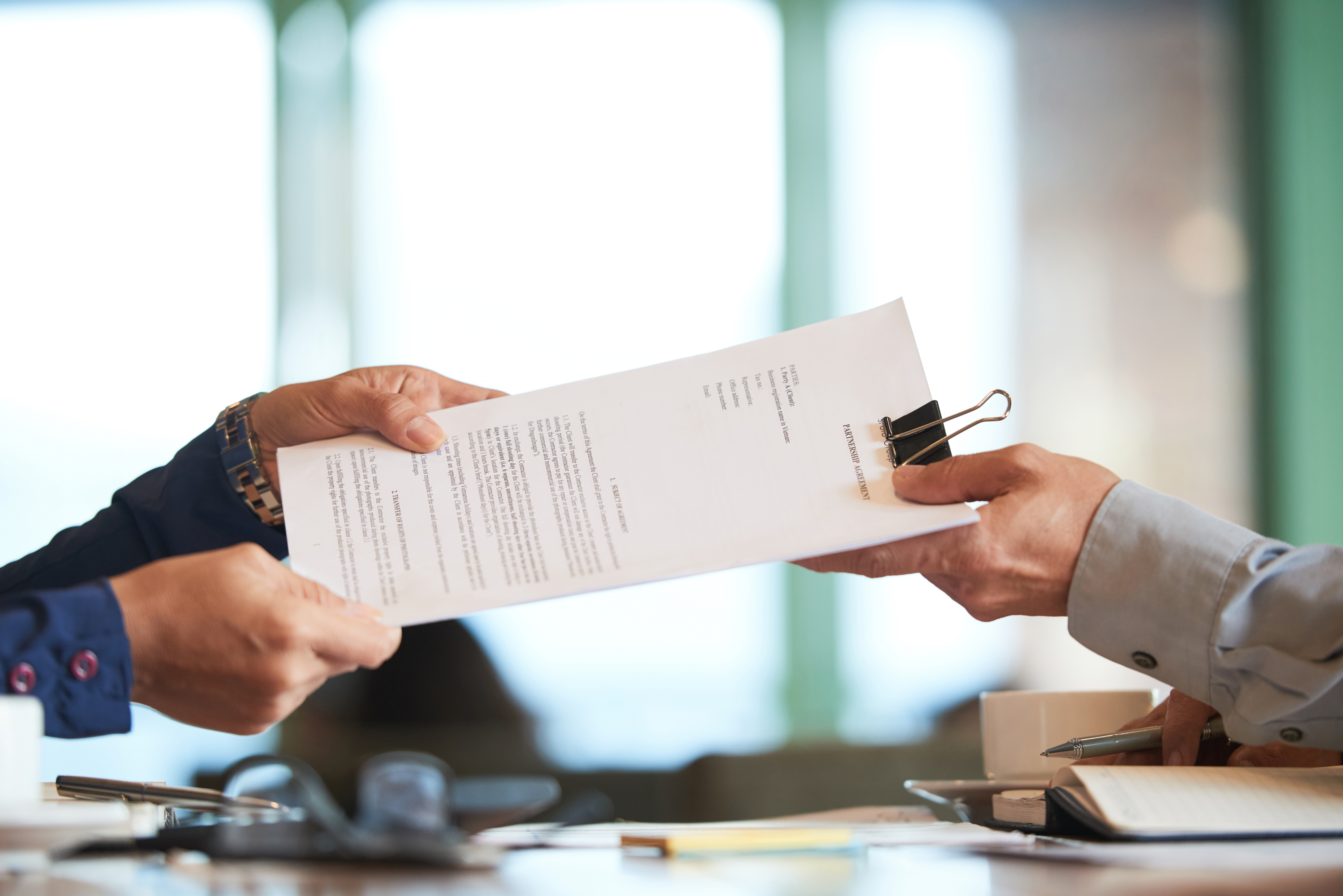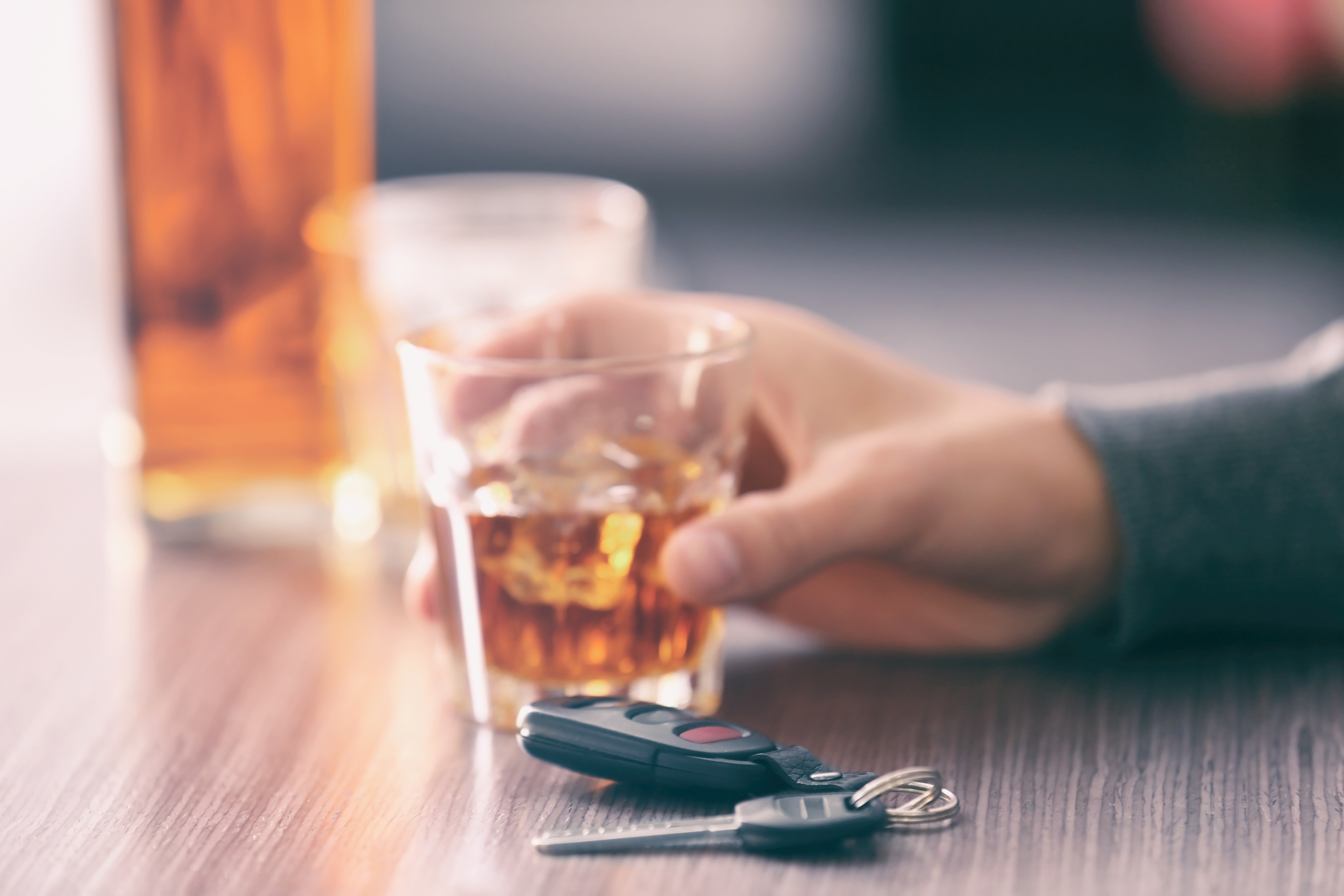Hydroplane Car Accidents | Ryan & Rouse
Oct 27 2025 16:03
Rain, standing water, and slick road surfaces all pose a hidden risk to drivers: hydroplaning. When a vehicle’s tires lose proper contact with the pavement and begin to skid uncontrollably, crashes frequently follow—often with catastrophic injury. For victims i, understanding how hydroplaning happens, who may be liable, and how our personal injury attorneys can build a case is critical. At Ryan & Rouse, we represent drivers and passengers injured when hydroplaning car wrecks occur, and in this article we’ll break down the science, the legal considerations, and practical steps injured parties should know.
What is hydroplaning? The science behind the skid
Hydroplaning (sometimes called “aquaplaning”) occurs when a tire encounters more water on the road surface than it can channel away, causing a thin film of water to lift the tire from the road and dramatically reduce traction. As explained in a general driver-safety article: “Water pressure in the front of the wheel pushes water under the tire, and the tire is then separated from the road surface by a thin film of water and loses traction.”
The official Alabama Law Enforcement Agency (ALEA) driver’s manuals reinforce this risk. While the specific phrasing may vary, the manuals include language such as: “Hydroplaning, as a cause of skids … takes place when you’re driving on wet roads. At speeds up to 35 mph, most tires will ‘wipe’ the road surface … As the speed increases … the tires cannot wipe the road as well and start to ride on a film of water … In a severe rainstorm the tires lose all contact with the road at 55 mph. If this is the case, there is no friction available to brake, accelerate, or corner.” (see ALEA Commercial Driver’s License Manual).
In short:
- At moderate speeds on a wet road, tires still make contact because the tread channels water out.
- As water depth increases (or tread depth decreases) and as vehicle speed increases, the tire may ride on a water film.
- When the tire is fully hydroplaning, steering, braking and acceleration become essentially ineffective.
- A sudden gust, road surface change, or lane change can trigger a skid.
For example, the ALEA manual notes that when the depth of water exceeds the tread’s ability to channel it, complete hydroplaning is expected at speeds above ~50–55 mph.
Thus, from the science/engineering side, two key variables emerge in hydroplane crash causation: water/film depth + tire tread/vehicle speed. When either is unfavorable (e.g., deep water, worn tires, high speed) the risk of loss of control skyrockets.
Why hydroplane crashes deserve special attention in personal injury law
From a plaintiff’s firm perspective, hydroplane crashes are worth highlighting because:
- Preventability. You can show that a crash was caused or contributed to by conditions that were foreseeable and avoidable — e.g., worn tires, excessive speed for conditions, failure to maintain safe following distance, road design or drainage issues.
- Massive loss of control. Once hydroplaning occurs, the driver may have almost no braking or steering capacity — making impact more likely and injuries more severe.
- Multiple potential defendants. In North Alabama you may examine not only the at-fault driver, but also potentially the tire manufacturer/distributor (for failure to warn or design defect), the vehicle manufacturer (if traction/wheel design issues), the road authority (if drainage or pooling was excessive), or a commercial carrier (if a truck triggered spray or wave).
- Expert testimony tied to science. The hydroplaning phenomenon is grounded in physically measurable parameters (tread depth, water film thickness, speed, road surface texture). That means you can bring in accident reconstruction/expert testimony to show when hydroplaning likely occurred, increasing credibility.
- Compelling narrative. The idea of a vehicle “riding on water” and losing control is dramatic and understandable — it helps a jury or judge see why the crash should not be treated as “just weather” but as a risk that was manageable.
Key elements to investigate in a hydroplane crash case
When representing a client injured in a hydroplane crash, your investigation should dig into several categories:
- Tire condition & inflation: What was the tread depth? Were tires properly inflated? Bald or under-inflated tires channel water less effectively and raise hydroplaning risk. The ALEA CDL manual points out low tread depth increases hydroplaning risk.
- Speed and driver reaction: Was the driver exceeding a safe speed for the conditions (or the posted limit)? Did the driver fail to reduce speed when the rain began? Did the driver use cruise control (many sources advise against cruise control when water pooling/film is present).
- Road and weather conditions: Was standing water present? Was drainage poor? Did design or maintenance of the roadway exacerbate pooling? The Alabama Department of Transportation’s Hydraulic Manual notes that “Water on the pavement can … interrupt traffic … reduce skid resistance … increase potential for hydroplaning, limit visibility due to splash and spray.”
- Vehicle condition/trajectory analysis: Did the crash reconstruction reflect the signature of a hydroplane (loss of traction, yaw, sudden change in direction without braking skid marks)? What pattern of damage and debris exists?
- Comparative fault or notice of hazard: Did the driver have warning of the hazard (e.g., heavy rain, pooling)? Could a highway authority have reasonably known and corrected a drainage/ponding issue?
- Causation and damages: In addition to establishing liability, you must show that the hydroplane crash caused the client’s injuries, that reasonable care was lacking, and quantify damages (medical bills, lost wages, pain & suffering, future care, etc.).
Why speed matters (even if the posted limit is high)
It is tempting for defendants to argue “the posted speed was legal,” but in wet conditions, what matters is safe speed for the conditions. The science of hydroplaning shows that as speed increases, the ability of tires to maintain contact falls sharply. According to SafeMotorist.com: “Most automobile safety experts agree that hydroplaning is most likely to occur at speeds greater than thirty-five miles per hour.”
In Alabama, the manual instructs drivers that they “can always drive the posted limit” is incorrect — instead you must drive at a speed that “is safe for conditions.” (Referencing basic speed law). Thus, even a driver at or below the posted limit may still be negligent if conditions required a reduced speed. In hydroplane crash cases, speed relative to conditions becomes a key argument.
Conclusion
Hydroplane crashes might be dismissed as “just weather,” but the underlying mechanics point to losses of traction that are predictable, preventable, and investigable. When a driver fails to adjust for water film, when tires are worn, when road design allows pooling of water — injury victims have the right to hold the responsible parties accountable. At Ryan & Rouse, we bring together the legal acumen, the scientific understanding, and the local Alabama focus you need after a hydroplane crash. If you or a loved one were injured in a wet-road crash call our Huntsville car accident attorneys today.



